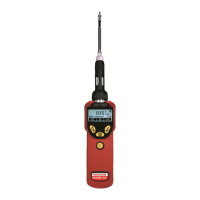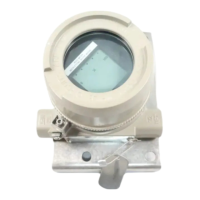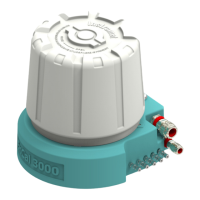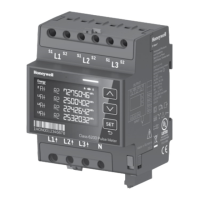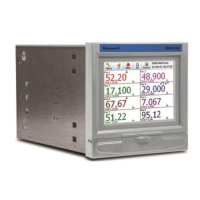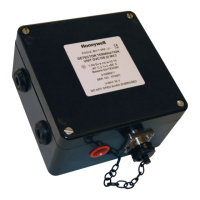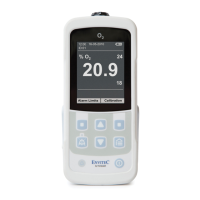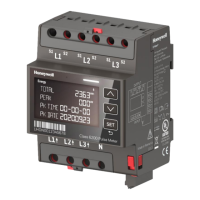12 MagneW 3000
PLUS
Specification and Application Guide 1/98
Selection of Corrosion-
Resistant Materials
The corrosiveness of fluids used under
practical conditions may vary according
to the type and amount of impurities
present, the operating temperatures,
the variances in flow rate, and the
concentration of fluids.
Selection of Lining Materials
The lining materials for use in the
MagneW 3000
PLUS
include Teflon
PFA, alumina ceramic, polyurethane
rubber, and chloroprene rubber. Their
general characteristics are shown in
Table 4.
Selection of Materials for Electrodes
and Wet Contact Rings
The general characteristics of electrode
materials is shown in Table 4.
Selection of Ground Ring Material
The same material for ground rings as
for electrodes should be selected since
both come in contact with fluids.
Table 4—Characteristics of Wet Contact Materials
Material Main Component Characteristics Recommended Environment
Lining Materials
Polyurethane rubber Polyurethane A synthetic elastic rubber. Excellent
abrasion resistance. Little chemical
resistance.
Temperature:
–40 to +50°C (–40 to
+122°F)
Pressure:
426 psi maximum
Teflon PFA Tetrafluoroethyl
ene resin
A synthetic polymer containing fluorine
(F) in the molecule. Resistant to almost
all chemicals except for high-
temperature fluorine, molten alkalis,
and some halogen compounds.
Excellent heat resistance together with
a low friction characteristic and non-
adhesiveness.
NOTE: Provides heat resistance in hot
atmospheres.
Temperature:
–40 to +100°C (–40 to +212°F) for
diameters 2.5 to 10 mm (0.1 to 0.4 in.)
–40 to +160°C (–40 to +320°F) for
diameters 15 to 200 mm (0.6 to 7.9 in.)
–40 to +100°C (–40 to +212°F) for
diameters 2.5 to 10 mm (0.1 to 0.4 in.)
Pressure:
Refer to Table 5, page 15.
Ceramic Alumina ceramic
Al
2
O
3
: 99.7%
Excellent friction resistance. Suited for
high temperatures and high pressures.
Chemical resistance is slightly lower
than that of Teflon PFA. Weak to alkali
fluids.
Temperature:
–40 to +180°C
(–40 to +356°F)
Pressure:
1 to 40 kg/cm
2
14 psi maximum
Chloroprene rubber Chloroprene The friction and chemical resistances
are almost comparable to those of
polyurethane rubber.
Temperature:
–10 to +70°C (14 to 158°F)
Pressure:
142 psi maximum
Electrode Materials
SUS316L Cr : 17%
Ni : 13%
Mo : 2.25%
C : <0.03%
Fe : Remainder
Resistant to corrosion in a weak alkali
or acidic atmosphere.
Unusable in inorganic and organic
acids, chlorides, etc.
Water (tap and sewage) and weak alkalis
(such as caustic soda of 50% or less)
Titanium Ti : >99.3% Resistant to corrosion in an oxidizing
atmosphere.
In particular, usable in the presence of
chlorine ions. Unusable in sulfuric acid,
nitric acid, etc.
(The empty-detection function of the
converter cannot be used.)
A variety of chloride solutions
(ammonium chloride, potassium
chloride, ferrous chloride, etc.), sea
water, etc.
Hastelloy C-276 Mo : 16%
Cr : 16%
Fe : 5%
W : 4%
Ni : Remainder
A wide range of uses since it is usable
in moderately oxidizing and reducing
atmospheres.
Weak to sulfides, sulfuric acid, etc.
A variety of organic and inorganic acids,
alkalis, etc.

